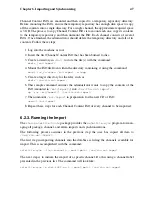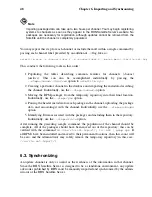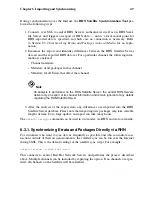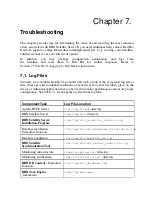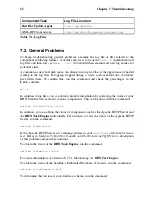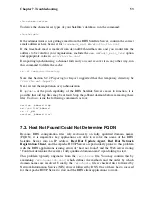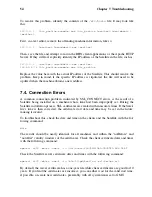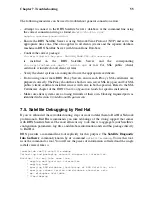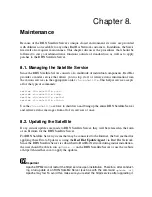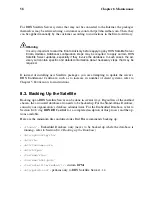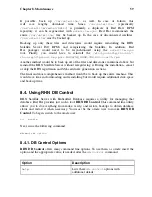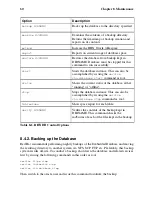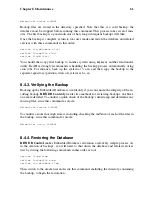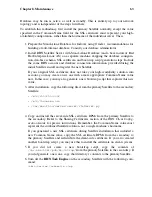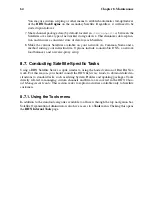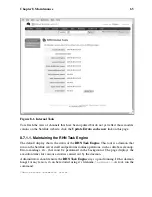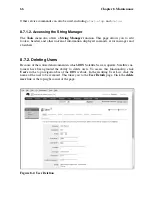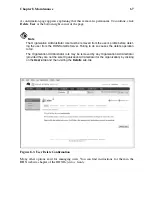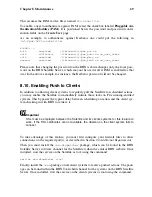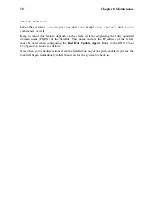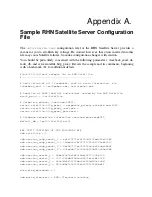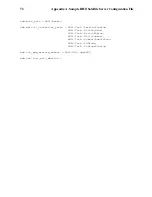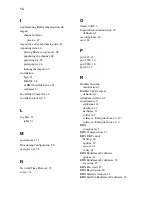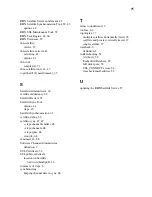
Chapter 8. Maintenance
61
db-control
backup
DIRNAME
Backup files are stored in the directory specified. Note that this is a cold backup; the
database must be stopped before running this command. This process takes several min-
utes. The first backup is a good indicator of how long subsequent backups will take.
Once the backup is complete, return to root user mode and restart the database and related
services with these commands in this order:
service rhn-database start
service taskomatic start
service httpd start
You should then copy that backup to another system using
rsync
or another file-transfer
utility. Red Hat strongly recommends scheduling the backup process automatically using
cron jobs. For instance, back up the system at 3 a.m. and then copy the backup to the
separate repository (partition, disk, or system) at 6 a.m.
8.4.3. Verifying the Backup
Backing up the Embedded Database is useful only if you can ensure the integrity of the re-
sulting backup.
RHN DB Control
provides two methods for reviewing backups, one brief,
one more detailed. To conduct a quick check of the backup’s timestamp and determine any
missing files, issue this command as oracle:
db-control
examine
DIRNAME
To conduct a more thorough review, including checking the md5sum of each of the files in
the backup, issue this command as oracle:
db-control
verify
DIRNAME
8.4.4. Restoring the Database
RHN DB Control
makes Embedded Database restoration a relatively simple process. As
in the creation of backups, you will need to shut down the database and related services
first by issuing the following commands in this order as root:
service httpd stop
service taskomatic stop
service rhn-database stop
Then switch to the oracle user and issue this command, including the directory containing
the backup, to begin the restoration:

